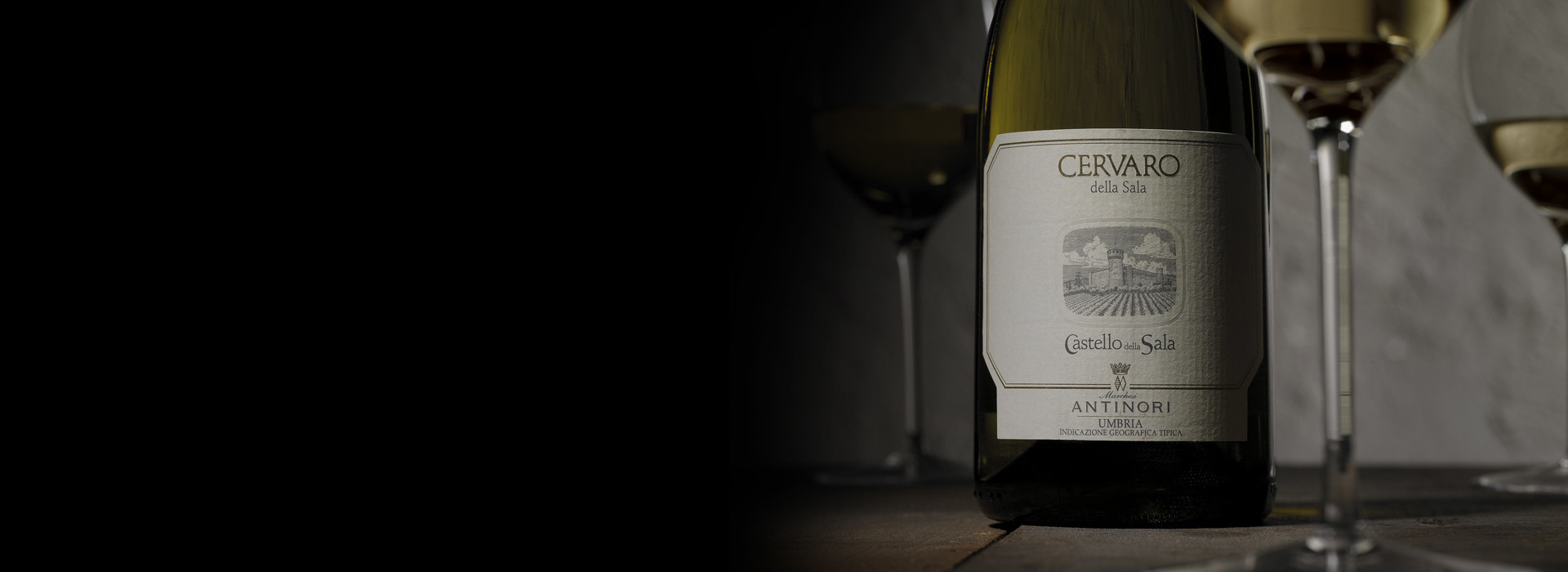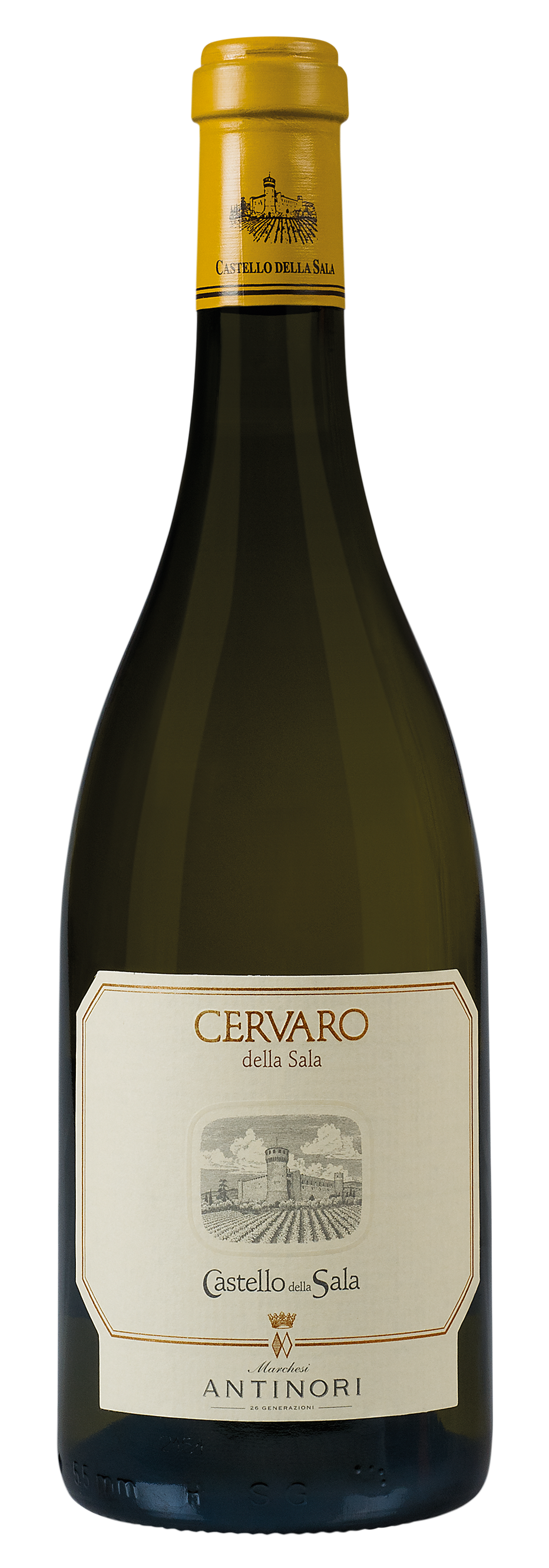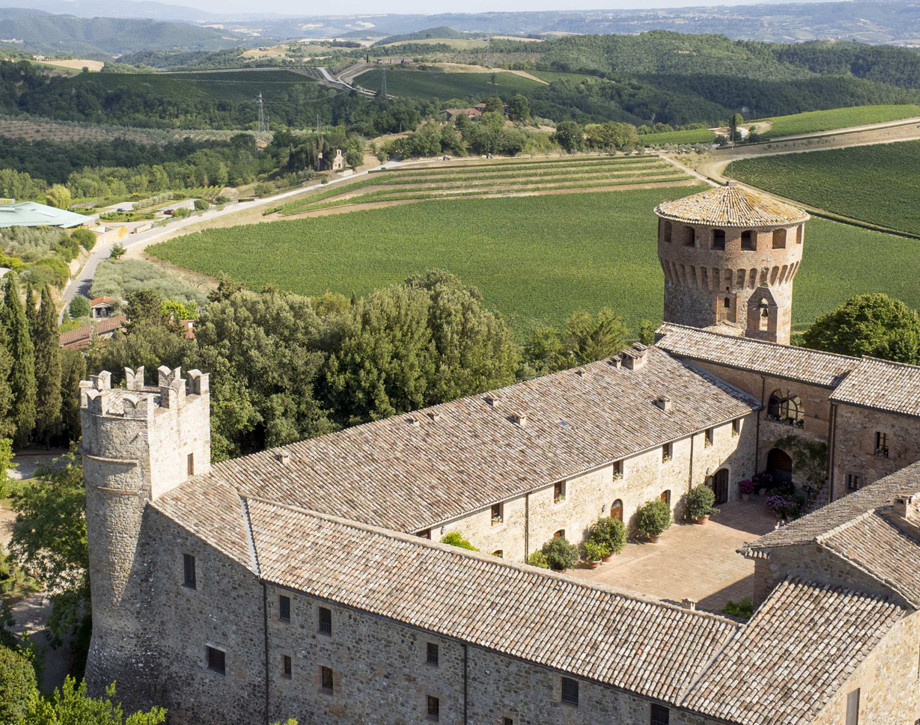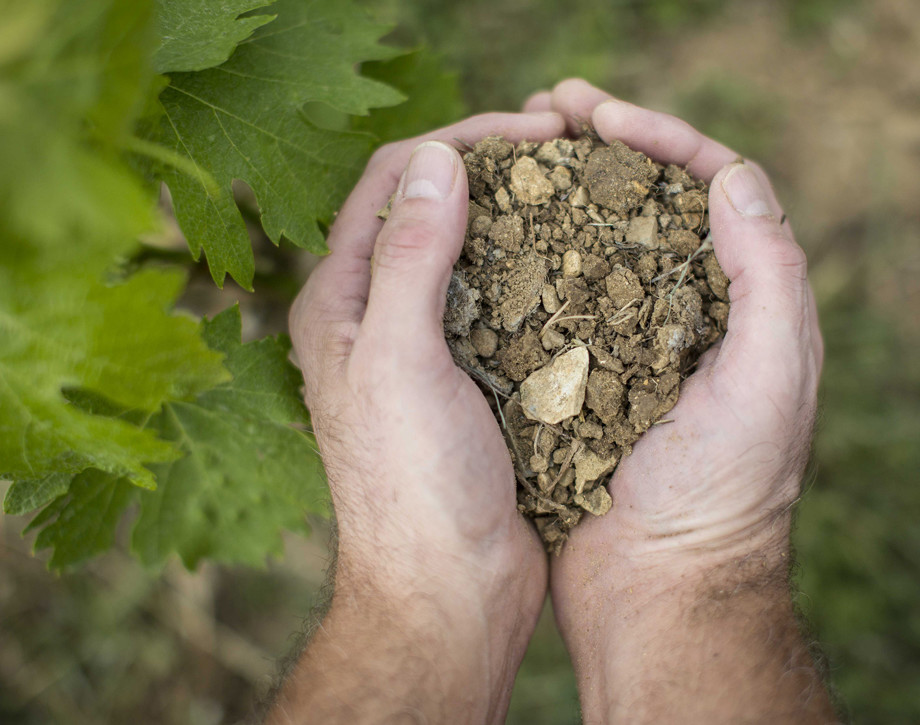Cervaro della Sala

The Wine
The name Cervaro comes from the noble family that owned Castello della Sala during the 14th century, Monaldeschi della Cervara. A blend of Chardonnay grapes and a small quantity of Grechetto make a wine that can age over time and represent the elegance and complexity of this unique estate. Cervaro della Sala is one of the first Italian white wines to have malolactic fermentation and aging take place in barriques. The first vintage of Cervaro to be produced was the 1985 vintage.
Historical Data
The name Cervaro comes from the noble family that owned Castello della Sala during the 14th century, Monaldeschi della Cervara. A blend of Chardonnay grapes and a small quantity of Grechetto make a wine that can age over time and represent the elegance and complexity of this unique estate. Cervaro della Sala is one of the first Italian wines to have malolactic fermentation and aging take place in barriques. The first vintage of Cervaro to be produced was the 1985 vintage.

The Wine
The name Cervaro comes from the noble family that owned Castello della Sala during the 14th century, Monaldeschi della Cervara. A blend of Chardonnay grapes and a small quantity of Grechetto make a wine that can age over time and represent the elegance and complexity of this unique estate. Cervaro della Sala is one of the first Italian white wines to have malolactic fermentation and aging take place in barriques. The first vintage of Cervaro to be produced was the 1985 vintage.

In Honor of the Monaldeschi della Cervara Family
The wine’s name honors the Monaldeschi della Cervara family who was the historic owner of Castello della Sala in the XVI century.
The Barrique
Cervaro della Sala was one of the first Italian white wines to have malolactic fermentation and aging take place in barriques.
The Concept
The idea behind Cervaro della Sala was to craft a white wine able to age over time.
The Enologist
In 1985, Renzo Cotarella, who was chief enologist at Castello della Sala at that time, made the first vintage of Cervaro della Sala.
Climate
Positive spring temperatures and excellent water resources in the ground favoured good and early budding, and an equally positive flowering and bud set. The rainfall of early summer helped the vines to maintain a balanced vegetation even during the hot month of August. In addition, daytime to nighttime temperature excursion and continued availability of ground water allowed the grapes to ripen gradually and arrive fully ripe and soured with excellent acidity at the beginning of harvest operations in the second half of August.
Vinification
The grapes, harvested during the night, were brought to the winery in refrigerated vehicles to insure low temperatures when destemmed and pressed. The different varieties were fermented separately since they ripen at different times and also require a different vinification approach; an eight to twelve hour period of skin contact with the must of Chardonnay at 50° Fahrenheit (10° centigrade) prior to the start of fermentation was utilized on the grapes. After this initial phase the must went into French (Alliers & Tronçais) oak barrels where it fermented for about two weeks. The wine remained on its lees in barrel for six months, during which time it went through malolactic fermentation. The various barrels were then blended and bottled and the wine aged for an additional ten months in the bottle in the historic cellars of the Castello della Sala before being released on the market.
Historical Data
The name Cervaro comes from the noble family that owned Castello della Sala during the 14th century, Monaldeschi della Cervara. A blend of Chardonnay grapes and a small quantity of Grechetto make a wine that can age over time and represent the elegance and complexity of this unique estate. Cervaro della Sala is one of the first Italian wines to have malolactic fermentation and aging take place in barriques. The first vintage of Cervaro to be produced was the 1985 vintage.
Tasting Notes
The wine, straw yellow in color with green highlights, expresses a full range of intense aromas which range from citrus fruit to pears and figs along with acacia flowers, which fuse with hints of vanilla to increase the overall complexity. Its flavors are ample and well structured, very mineral and with sweet notes of hazelnut butter, crispness and tonic vigor. It is destined to age and evolve very well indeed.
Scheda

Castello della Sala
Castello della Sala is located in the Umbria region, not far from the Tuscan border, about 18 kilometers from the historic city of Orvieto. The Medieval castle’s property extends over an area of 600 hectares (1482 acres), 200 hectares (495 acres) are planted with vineyards at an altitude that varies between 220 and 470 meters above sea level (722/1541 feet) on the gently rolling hillsides that characterize the beautiful countryside in this area. Castello della Sala is the perfect place for growing white varieties. The vines grow in clay and calcareous based soils, rich in fossil shells, and they are well exposed to the rising of the sun with an excellent difference of temperature between day and night. The one exception to the rule is Pinot Noir, the only red variety that has found in this area ideal growing conditions to best express its full potential.

Soil
Originating in the Pliocene period, rich in marine fossils with veins of clay.
















